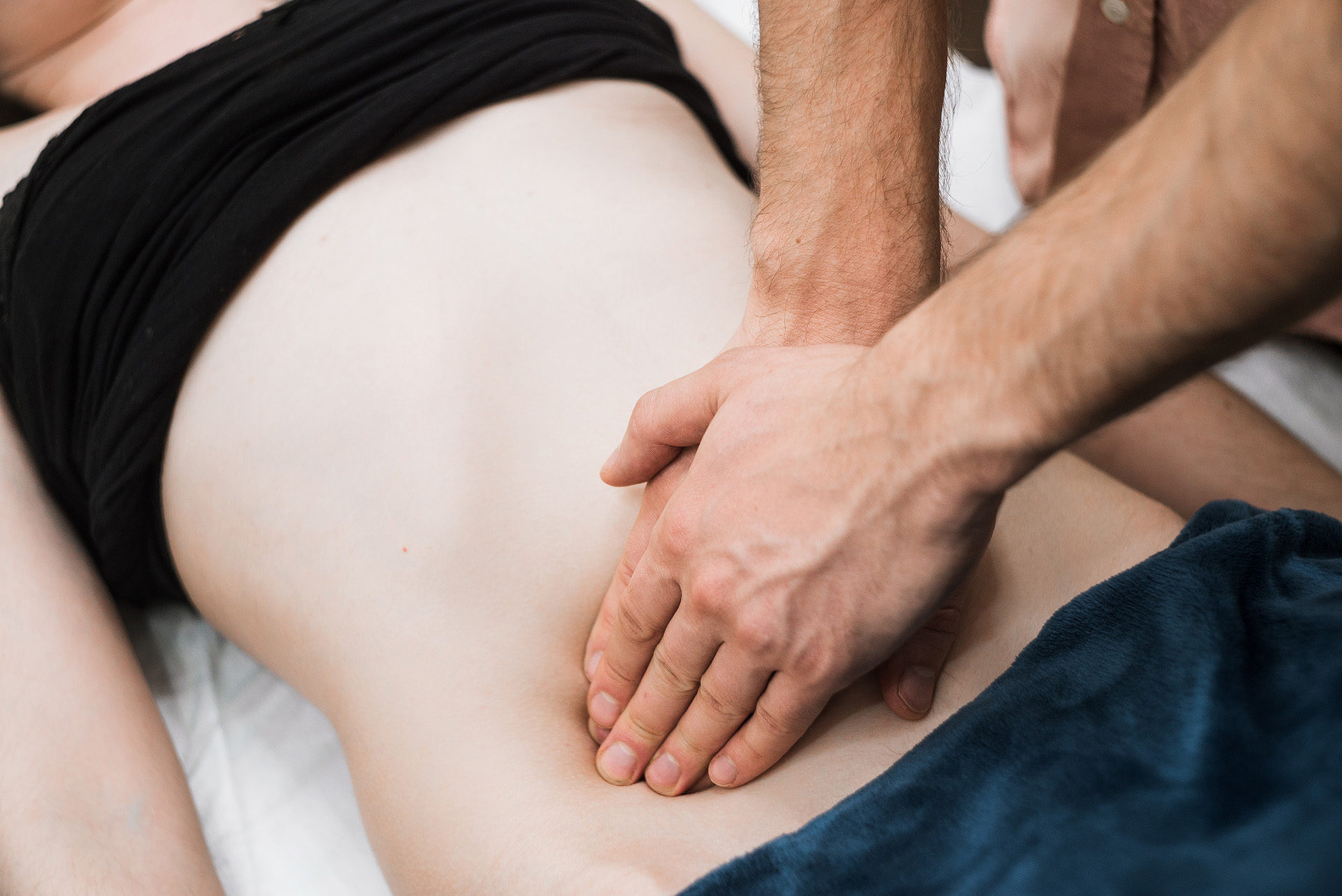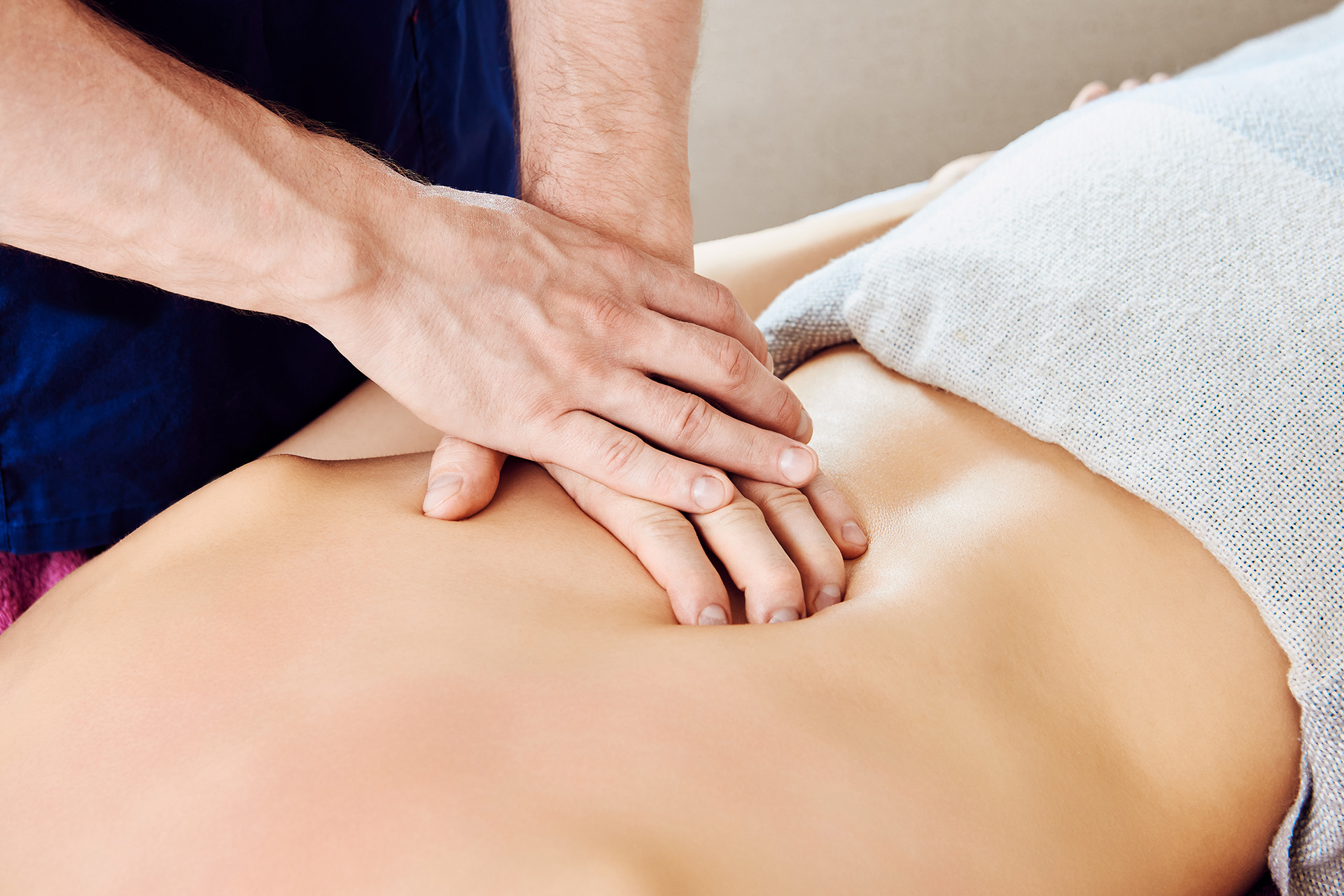A brief osteopathic treatment focused on the lower esophageal sphincter led to meaningful improvements in GERD symptoms, reduced neck sensitivity, and increased neck mobility. It seems most effective for people with milder baseline symptoms. These findings support exploring manual therapy as a complementary option for GERD—especially when medication may not be ideal.
A simplified summary of the article “Effects of Osteopathic Visceral Treatment in Patients with Gastroesophageal Reflux: A Randomized Controlled Trial”:
Purpose & Design
The study explored whether a specific hands-on osteopathic technique targeting the lower esophageal sphincter could help people with gastroesophageal reflux disease (GERD).
It was a randomized, double-blind, placebo-controlled trial involving 60 adults with diagnosed GERD. Participants were split into:
- Osteopathic group (EG) – 31 people received the actual technique.
- Control group (CG) – 29 people received a sham treatment mimicking contact but without pressure or effect.
What They Did
1. Each person had two 5-minute sessions, spaced a week apart.
2. Researchers measured:
- GERD symptoms (using the GerdQ questionnaire) before the first session and one week after.
- Neck area sensitivity, by measuring how much pressure the C4 vertebra could handle before causing discomfort.
- Neck movement range, covering flexion, extension, sideways bending, and rotation.
Results Snapshot
- GERD Symptoms A week after treatment, those in the osteopathic group showed a better improvement in symptoms. On average, their GerdQ score improved by 1.49 points more compared to the control group (95% confidence: 0.47–2.49). This change was statistically significant.
- Neck Sensitivity (C4) The osteopathic group became less sensitive at the C4 point, tolerating more pressure. At the second session, the difference reached about 8.8 Newtons/cm² higher than the control group (95% CI: 0.48–17.09).
- Neck Movement Cervical (neck) mobility improved notably in the osteopathic group—by roughly 34 degrees more than in the control group after the second session (95% CI: 15.17–52.61).
Correlations & Observations
- People with worse initial GERD symptoms tended to show smaller improvements.
- Also, those who started with worse symptoms had lower pressure tolerance at C4—suggesting a link between reflux symptoms and neck sensitivity.
- No serious adverse effects were reported, though two participants in the osteopathic group noted mild temporary sensitivity in the stomach area. In contrast, eight people in the control group actually felt worse after the second session.
Significance & Context
- This is the first full randomized controlled trial showing that a specific osteopathic hands-on technique can improve GERD symptoms—and also help with neck sensitivity and movement.
- Though the improvement rate (~37.8%) is lower than what’s often seen with some medications, these results are promising—especially since the treatment was short (just two 5-minute sessions) and had almost no side effects.
Limitations
- The study had a short follow-up period—only one week post-treatment—so we don’t know how long effects last.
- Only one technique was tested, rather than a fuller osteopathic treatment.
- The person delivering treatment knew who was in which group (no practitioner blinding), which might subtly affect results.
- Groups had slightly different starting levels of symptoms, which could influence outcomes.
Original Article:
https://www.iahe.com/storage/docs/articles/Effects-of-Osteopathic-Visceral-Treatment-in-Patients.pdf





Comments are closed.